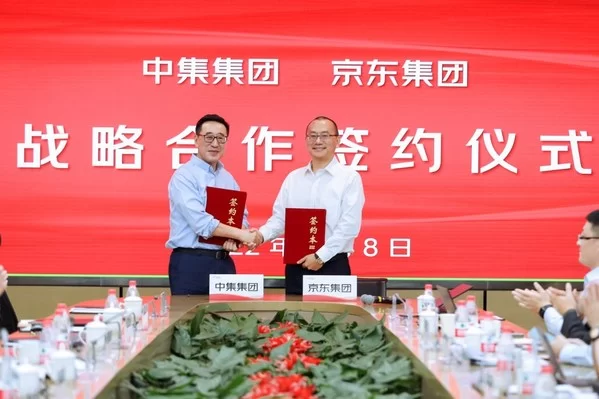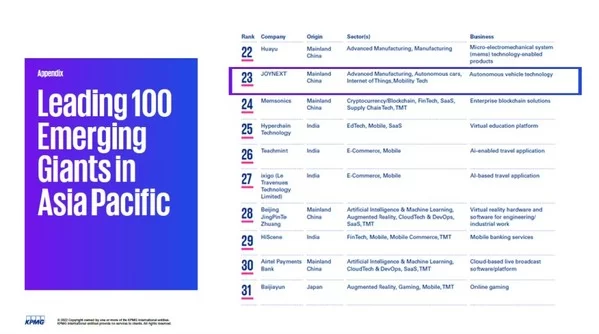TOKYO, Sept. 16, 2022 — Nippon Express (China) Co., Ltd. (hereinafter "NX China"), a group company of NIPPON EXPRESS HOLDINGS, INC., was designated one of the "Top 50 Chinese…
p-Chip Corporation Introduces First-of-its-Kind p-Chip Code Tracker to Revolutionize QR Code Security
CHICAGO, Sept. 16, 2022 — p-Chip Corporation, a company that is revolutionizing the tracking of physical products and materials with its cutting-edge microtransponder technology, today introduced its newest breakthrough,…
2022 Vehicle Displays & Interfaces Symposium and Exhibition Features Head-Up Displays and Other Human/Machine Interface Advances
DETROIT, Sept. 9, 2022 — The Metropolitan Detroit Chapter of the Society for Information Display (SID) has announced that the 29th Annual Vehicle Displays & Interfaces symposium and exhibition will…
VIOFO New Arrival A229 Duo 2K+2K Front and Rear Dashcam
SHENZHEN, China, Sept. 4, 2022 — Since 2011, VIOFO has always been striving to enhance the image quality of dash cameras, covering all three channels, front+interior+rear. It is well known…
China-Nepal Railway: Hope in the Himalayas
BEIJING, Aug. 26, 2022 — A news report from China.org.cn on China-Nepal cross-border railway:   Have you ever imagined traversing through the middle of the mighty Himalayas by…
Zwipe H1 2022 results – healthy commercial momentum
OSLO, Norway, Aug. 23, 2022 — Zwipe AS ("Zwipe" or "the company") today announces its results for the first half 2022. Operational highlights Visa certifies Zwipe Pay Biometric Payment…
CIMC teams up with JD to enhance supplies purchasing, logistics services
SHENZHEN, China, Aug. 11, 2022 — Chinese leading container manufacturer China International Marine Containers (Group) Ltd (CIMC) signed a strategic cooperation agreement with e-commerce giant JD in Beijing on…
Suzhou promotes green, smooth industrial and supply chains with digital economy
SUZHOU, China, Aug. 3, 2022 — ASEAN Plus Three (10+3) Forum on Industrial Chain and Supply Chain Cooperation kicked off in Suzhou on Friday, its sub-forum on digital economy under the spotlight….
JOYNEXT Selected as One of The Leading 100 Emerging Giants in Asia Pacific
NINGBO, China, Aug. 1, 2022 — Recently, KPMG and HSBC jointly announced the 2022 Emerging Giants in Asia Pacific Report, in which the leading 100 emerging firms in the…
Over 80 out of top 100 supermarkets in China 2021 are accessible on JDDJ and Shop Now
About 50 supermarkets out of the top 100 are connected to Dada Group’s Haibo system. China’s brick-and-mortar retailers’ online sales up 40% yoy in 2021, reflecting huge opportunities…












